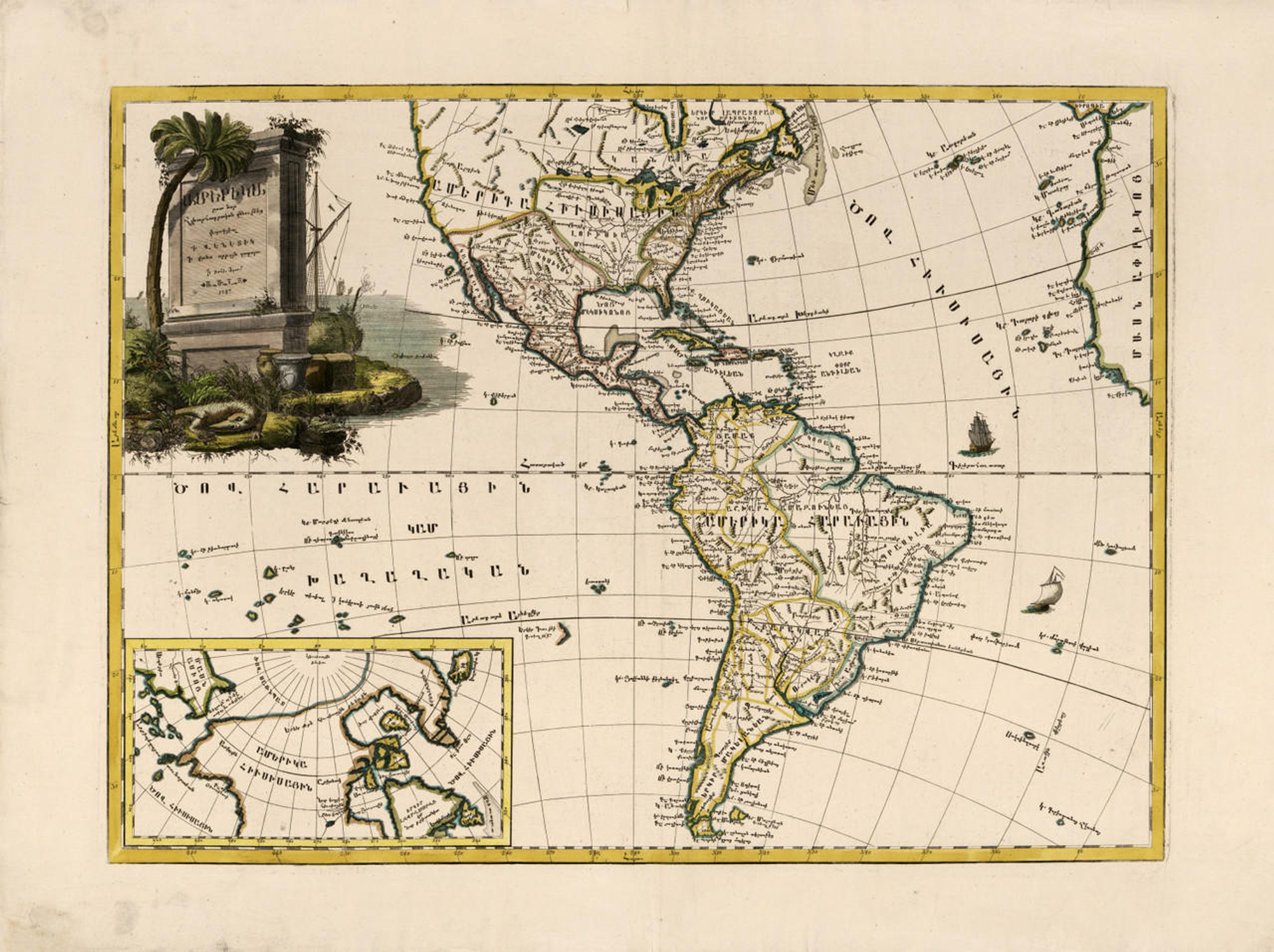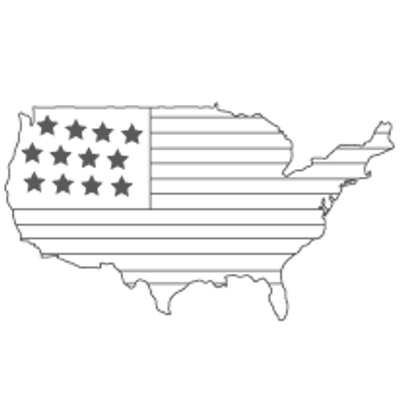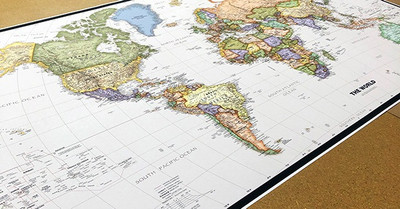
Historical Map of The Americas - 1787
Starting at $34.00
Premium fine art paper that provides accurate color reproduction with high-contrast, high-resolution print output and maximum image permanence. A high-quality print ready for framing.



